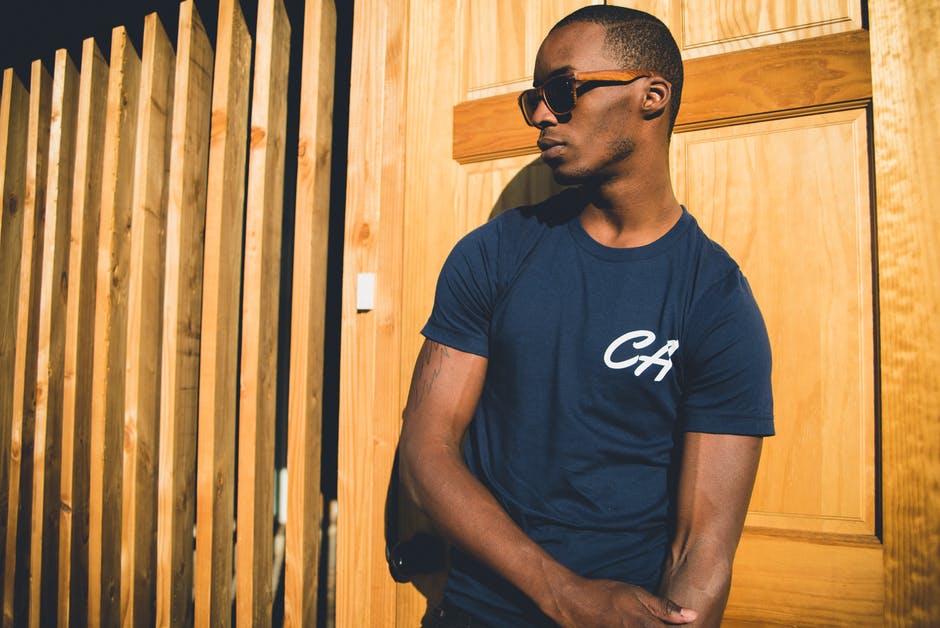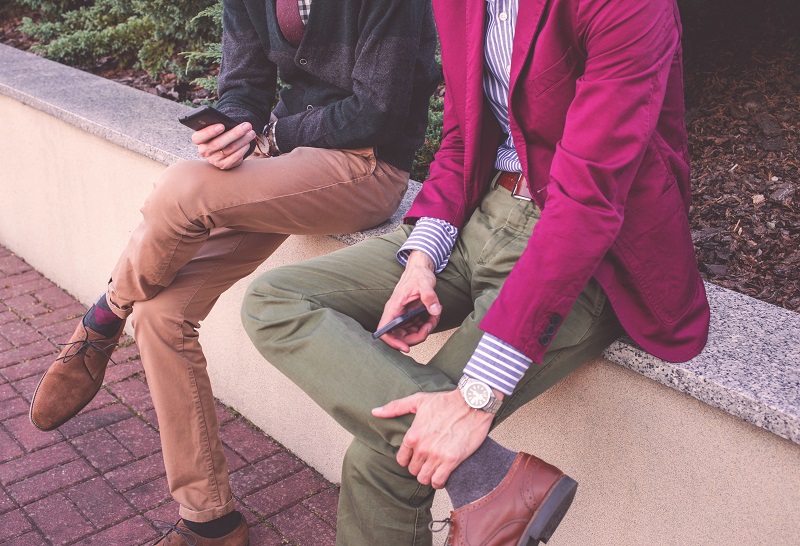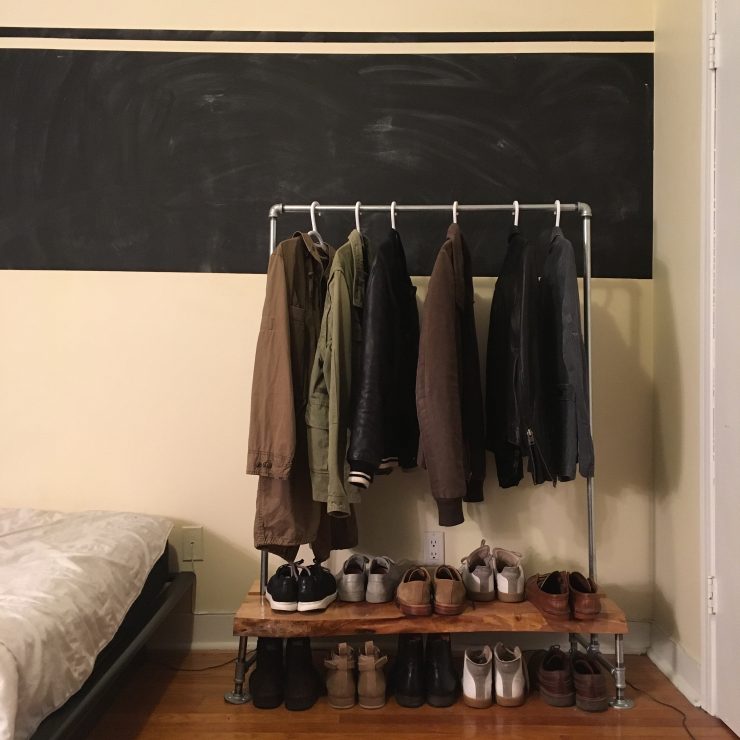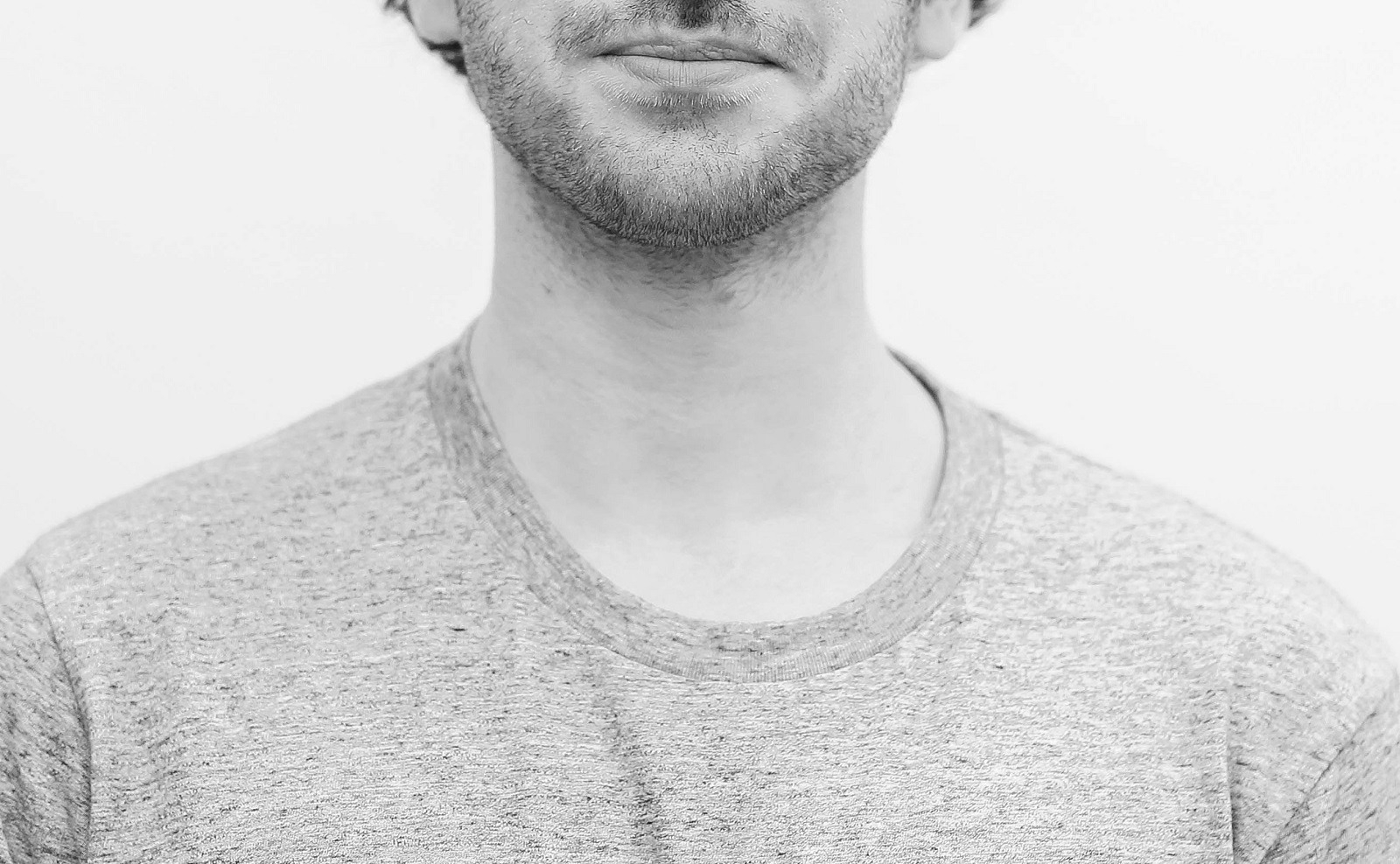Even an expensive shirt with an incredible design is absolutely worthless if it doesn’t fit properly.
Most people assume that the size on the tag is all they need when shopping, but that’s far from the truth. Whether it’s a shirt, pair of pants, shoes, or even a jacket, there are so many factors other than the tag size that determine how a piece of clothing will fit on you.
It’s important to understand the basics of fit so you don’t end up looking like you borrowed a shirt from your retired dad’s ’80s-era work wardrobe.

T-Shirts
Owning a well fitting tee can make a world of difference in the way your outfit comes together, and it’s always worth spending a few extra bucks to find one. There’s a fine line between too tight, a good fit, and too big. When you’re shopping, try to make sure the shoulder seam lines up with the edge of your shoulder; this will ensure the proper sleeve length.
The fit of the sleeves is up to you, but tight sleeves on bigger biceps can look disproportionate, while loose sleeves on skinnier arms can make them look even skinner. The hem of the tee should sit just past the button on your pants.

Button-Down Shirts
Finding a button-down shirt that fits perfectly can be tough, and might require a bit of shopping around. The collar should be fairly snug, but not tight.
If you can fit two fingers between your neck and the buttoned collar, you’re set. Just like t-shirts, the shoulder seams should line up with the edge of your shoulder. The sleeves should be fitted, but not tight around your bicep or loose around the forearm. The cuff should stop where your palm starts, and it should be tight enough to not fall down your hand.
Finally, the length should be long enough that the shirt doesn’t untuck if you put your arms behind your head, so the hem should end around the middle of your pant zipper.

Pants
The fit of your pants can make or break an outfit, so it’s important to find a pair that is comfortable and well-fitting.
First off, you should never need a belt to keep your pants on your hips. You definitely don’t want your pants to restrict your movement, so you should avoid overly tight pants or jeans. Slim and skinny are good, skin tight is bad. With that being said, don’t do the opposite and go too baggy. Slim in the thigh, slim or tapered from the knee down is a good guideline to go by.
In terms of length, aim to have the pants break once at the top of your shoe or not at all.

Jackets
Jackets can be kind of tough since there are so many different styles, each designed to fit differently.
Rather than going through every style we can think of, we’re just going to throw down some general guidelines that you can easily refer to. Similar to shirts and button downs, you want to aim to have the shoulder seam line up with the edge of your shoulder. This will provide a baseline for the fit of the rest of the jacket, while ensuring that the sleeves aren’t too baggy or too short. Moving down, check that the jacket doesn’t pull across the chest when it’s done up, this indicates that it’s too tight. With that being said, if it feels baggy or loose when it’s done up, expect it to look a lot worse if you plan to wear it open.
While there are plenty of variables that determine how a garment will look when worn, there are a few vital measurements that really make a difference. If you can abide by the points mentioned above, you can drastically improve the look of your outfits, regardless of the occasion. If you’re still unsure or feel that there’s room for improvement, take a trip to your local tailor. Their job is to make your clothes look good on you and they’ll gladly work with you to make sure they fit you perfectly.


